About Jūrmala
11 REASONS TO VISIT JŪRMALA
Jūrmala is the biggest resort city on the shores of the Baltic Sea in a comfortable geographical location – just twenty kilometres from the capital of Latvia, Riga, and in several hours ride in a car from Tallinn and Vilnius. The presence of the sea, the 24 kilometres long beach and the romantic wooden architecture ensure the unique ambience of the city. The city is approximately two hundred years old and was founded around the time Europe learned about the healing properties of the sea and the first resorts appeared. In our day wild nature, modern spa hotels, cultural heritage and a contemporary city for entrepreneurship and holidays coexist in Jūrmala...
1. Comfortable beaches
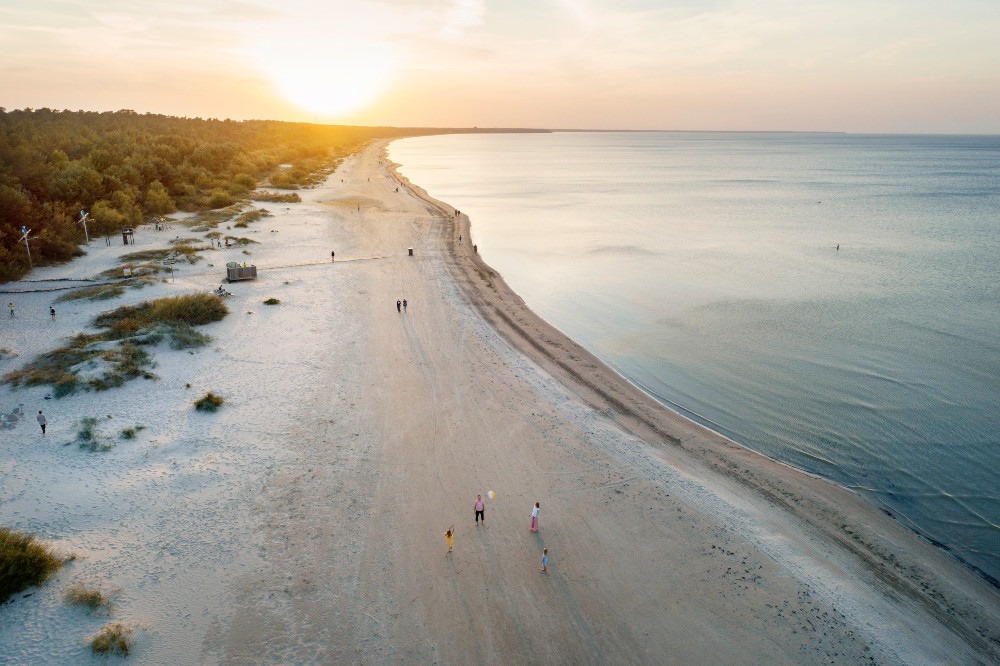
Jūrmala’s swimming culture is centuries old, although it has changed over the years and bent to each era’s style and habits. Today, the 24-kilometre-long Jūrmala seashore, with its silky quartz sand and 11 well-maintained beaches, is a tempting destination for both local and foreign tourists. Sea in Jūrmala is shallow for a considerable bit and therefore it is suitable for safe family bathing. Beaches have facilities and are divided into quiet and active recreation areas, there are cafés and children's playgrounds.
2. The Charm of Jomas Street
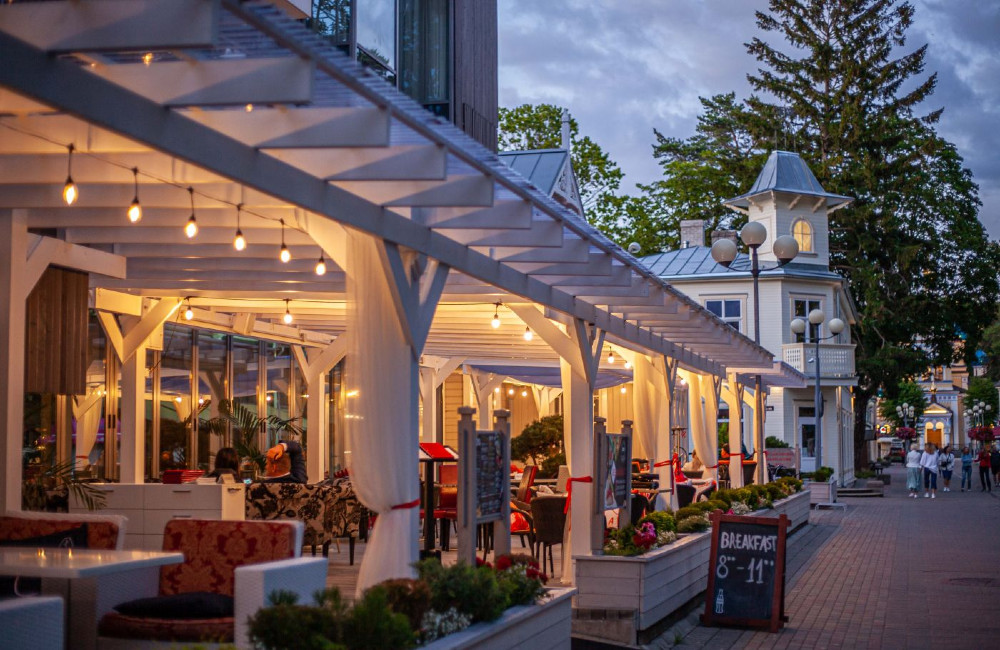
Jomas iela (Jomas Street) is the heart of Jūrmala. A pedestrian street with a steady stream of vacationers and foreign visitors in all seasons and weather conditions. It’s said that this is the place where Jūrmala began. Back when Jūrmala was still mostly just large expanses of sand, the wind blew it here and there, naturally forming a series of dunes and valleys. In Latvian, such a valley is called a “joma”, and a main road, now called Jomas iela, was eventually established along one of these valleys. Today, Jomas Street is the center of social, cultural and night life; vacationers are pleased with cafes and restaurants, boutiques and souvenir shops, street artists, entertainment centers and cinemas.
3. Resort traditions and modern SPA
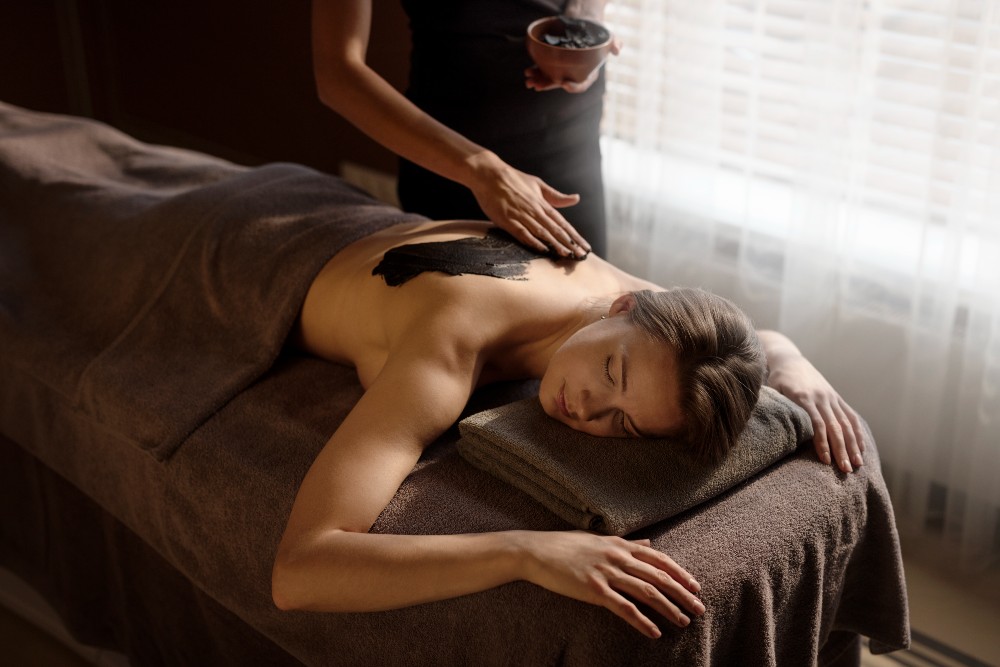
Nature has generously awarded Jūrmala with unique medicinal resources. Jūrmala is a balneological and a climatic resort - here you can find both healing mud, as well as a mild maritime climate combined with the pine forest air rich with phytoncides. Here the subsoil hides sulfurated, bromide and sodium chloride mineral water, which has created large underground reserves of therapeutic peat, and you can find precious sapropel mud in the lakes. Today the treatment institutions of the Jūrmala resorts offer a wide range of healing, rehabilitation and SPA services, and it is the ideal place for combining leisurely relaxation with healthcare. Jūrmala's medical institutions are renowned for the quality of services and professional specialists.
4. Expressive wooden architecture
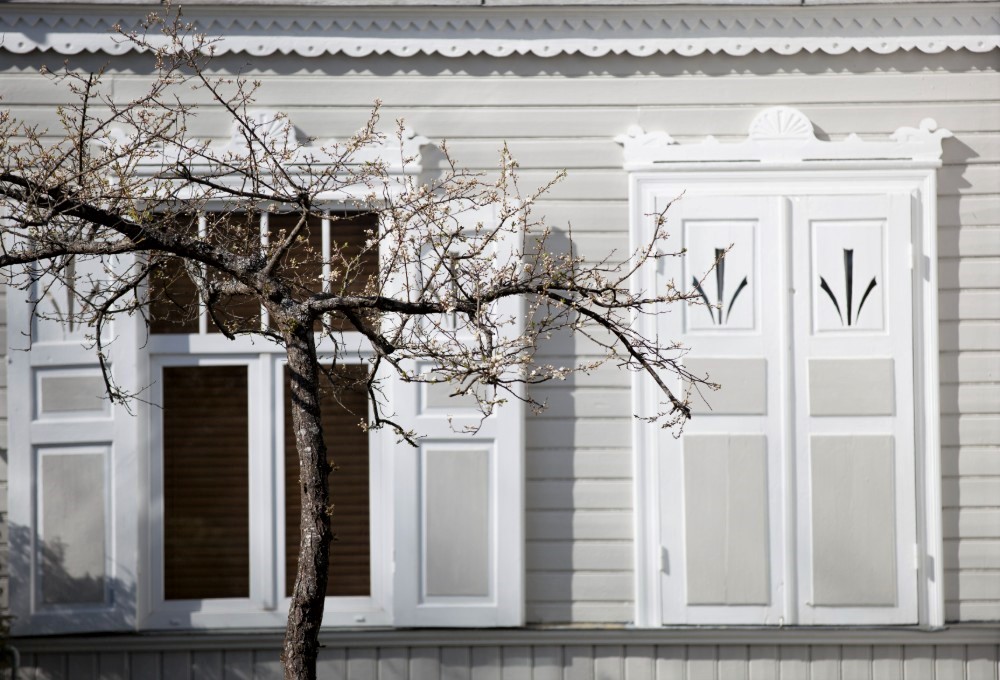
Wooden architecture is one of the distinguishing features of Jūrmala, in particular, quaint homes with decorative towerlets and glazed verandas. Wood was chosen as a building material for spa houses already in the mid-19th century, when summer holidaymakers began escaping the city to relax in Jūrmala. The special aesthetic of wood embodied the Neo-Classical, Art Nouveau and National Romantic motifs of that era. Today some historical buildings have been restored and are available for tourists: Rainis and Aspazija Summer House, Ķemeri National Park Information Center "Meža māja", the exhibition house of Bulduri.
5. Great place to travel with kids
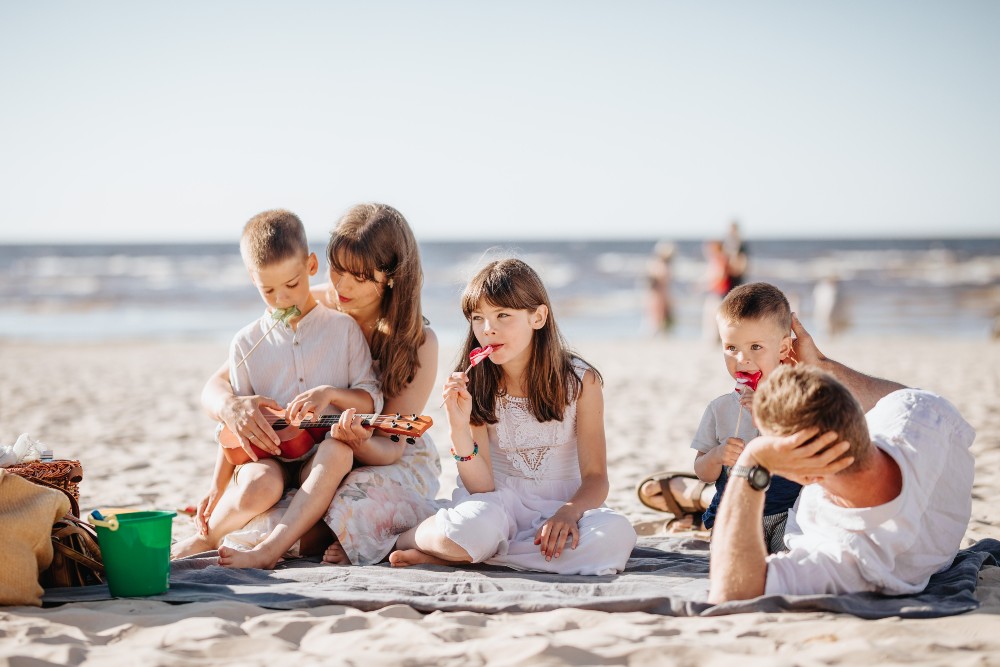
Jūrmala is the greatest place to spend one's childhood. Here there is no concept of "boredom." The range of children's activities in the city and in the outdoors is so vast that the feeling of boredom simply does not exist here. In the summertime the seaside beach turns into a large 24 kilometre-long sandbox for building sand sculptures, castles or just splashing around in the waves. The gulf's shallow waters will make learning to swim easy for even the smallest beach guests.
The activities of Adventure parks "Jūrmalas Tarzāns" and "Tīklu parks" situated in Dzintari Forest Park pines let visitors test their courage regardless of age, "Līvu Akvaparks" attractions will entertain children and adults and transfer them into a tropical climate. Also, Jūrmala entrepreneurs have prepared special offers for children, ranging from interesting children's menus to special SPA offers.
6. Harmony of nature
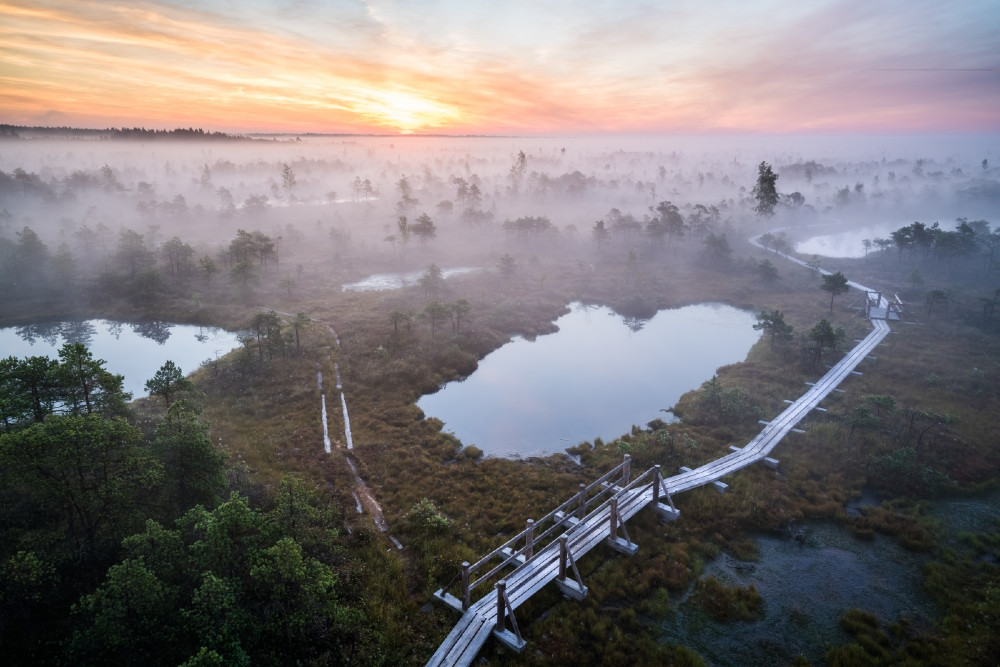
Jūrmala is one of the few cities in Europe where one can not only breathe fresh seaside air but also enjoy the natural aromatherapy provided by pine forests. A third of the city’s area is forested, and in most places the beach is hidden behind a belt of pine-covered dunes. Here the forest has literally entered the city, bringing with it a sense of calm and harmony as well as a very welcome feeling of balance to the inhabitants and guests alike. Wild lovers can go for a walk on one of the nature trails in Jūrmala. They criss-cross Jūrmala through ancient forests and yet more ancient swamps.
7. The tastes of Jūrmala
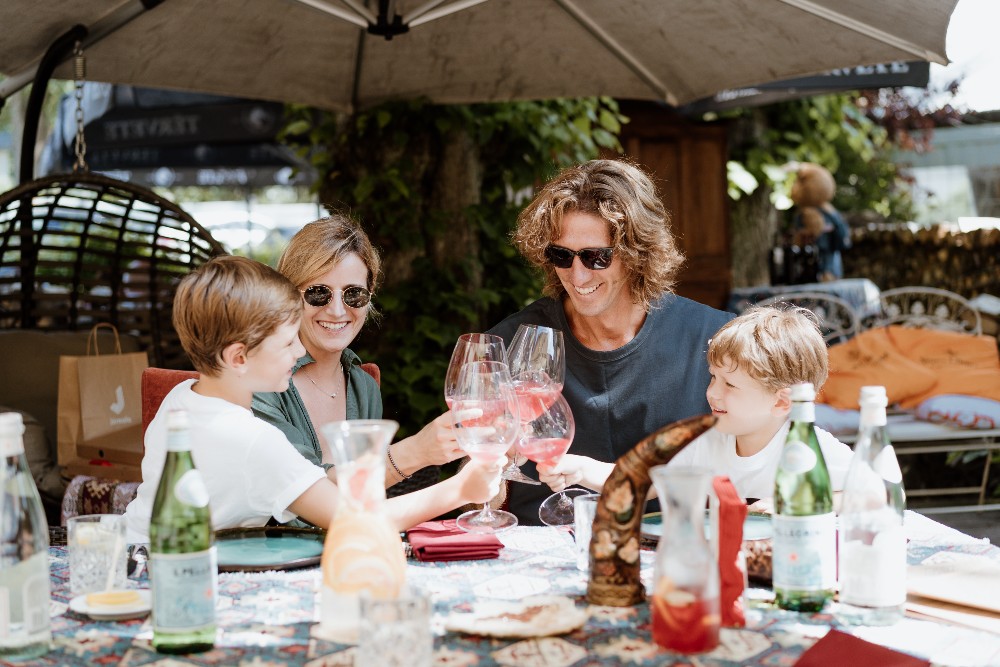
Jūrmala has a specific taste all its own, in which various gastronomic traditions have melded together with this area’s wild, unique natural bouquet. Impressions of the past, the newest culinary fashions, classic local cuisine and nods to fishermen’s daily rituals can all be found at the city’s restaurants. A gastronomic tour of Jūrmala can lead one to a wonderful meal amongst the dunes or on the banks of the river, with a grand view of nature and yachts calmly sliding by. But it’s just as easy to find oneself in a space styled after the Caucasus or featuring exotic foods from the Orient. Or, catapulted back to the Soviet era. Of course, it’s just as possible to remain in the cosmopolitan here and now, where Italian and French cooking is a self-evident occurrence.
8. Diversity of Culture and Arts
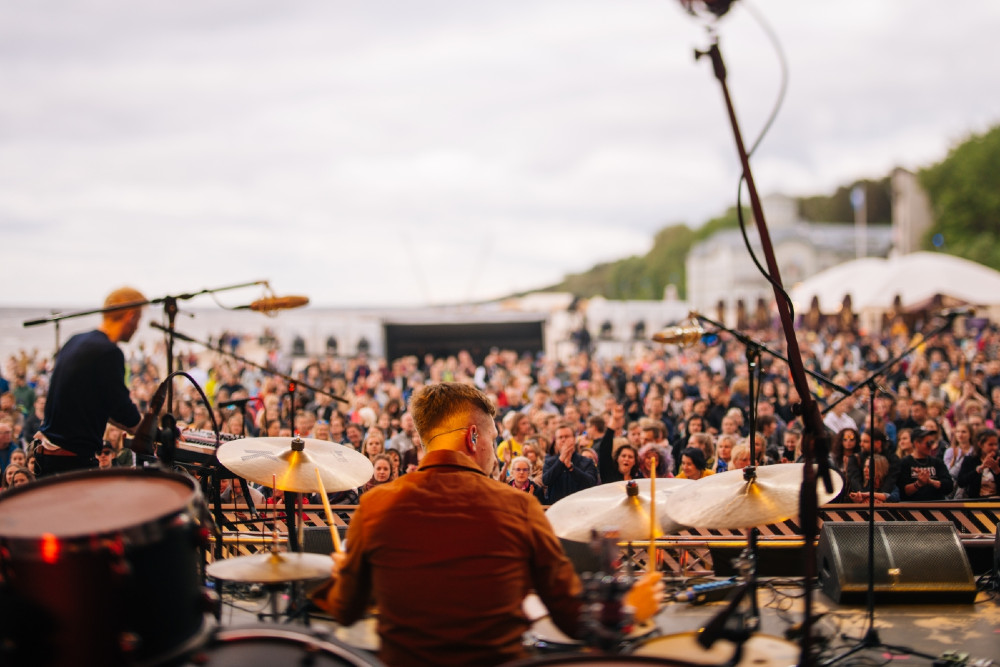
Jūrmala’s historical stages, beaches and gardens have delighted audiences with open-air concerts for over a century. Even today, guests can enjoy music at the open-air Dzintari Concert Hall and Dzintari Forest Park as gulls call in the distance and the sun provides natural lighting and stage design. Jūrmala is also a place to view art in public settings, especially at the buzzing Dubulti railway station, which has recently become a platform for contemporary art. History lovers will be interested in visiting the Jūrmala Museum, which contains more than 60 thousand items that tell about the life of the resort from the end of the 19th century to the present day, as well as old postcards of Jūrmala, works by famous artists.
Jūrmala has several galleries and exhibition halls where you can not only meet local artists, but also take part in a masterclass and create your own work of art. In addition, following global trends, art in Jūrmala is also entering the public space, for example, one of the busiest railway stations – Dubulti – has become a contemporary art space.
9. The Magic of Romantic Sunsets
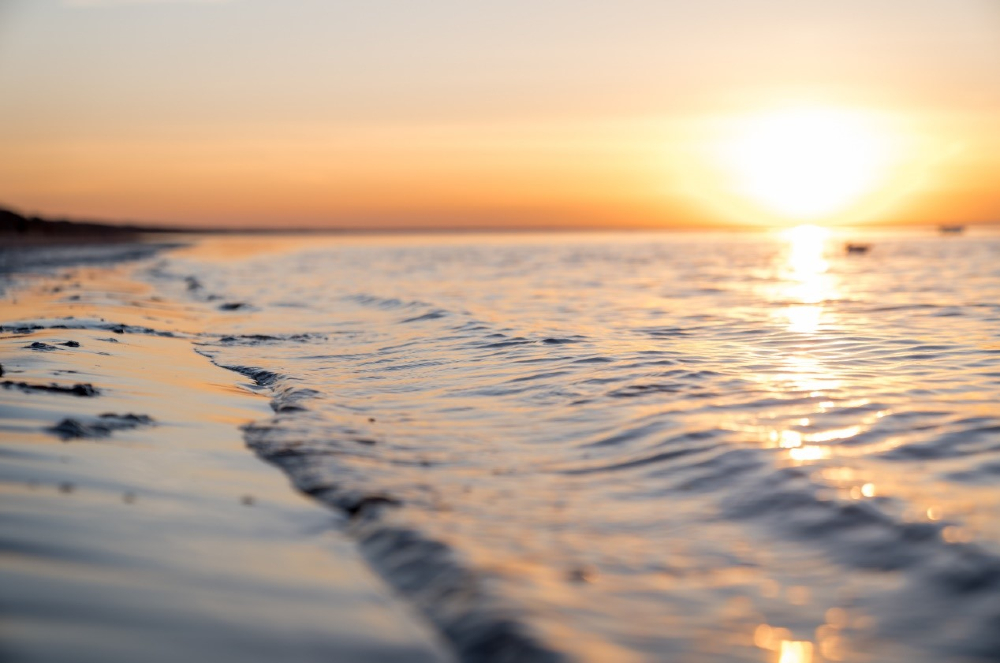
A sunset is a show with no tickets, and the white sand beach, where you can collect seashells as souvenirs, is the best place to watch it from. Even though the winter sun in Jūrmala does not set far over the horizon as in the warm season, but more to the left, the beach and the water still light up with a picturesque palette of pinks and oranges. The Jūrmala beach is 24 km long and diverse. Anyone can find a quiet spot, save for the sound of waves lapping on the shore.
10. Active lifestyle and sport
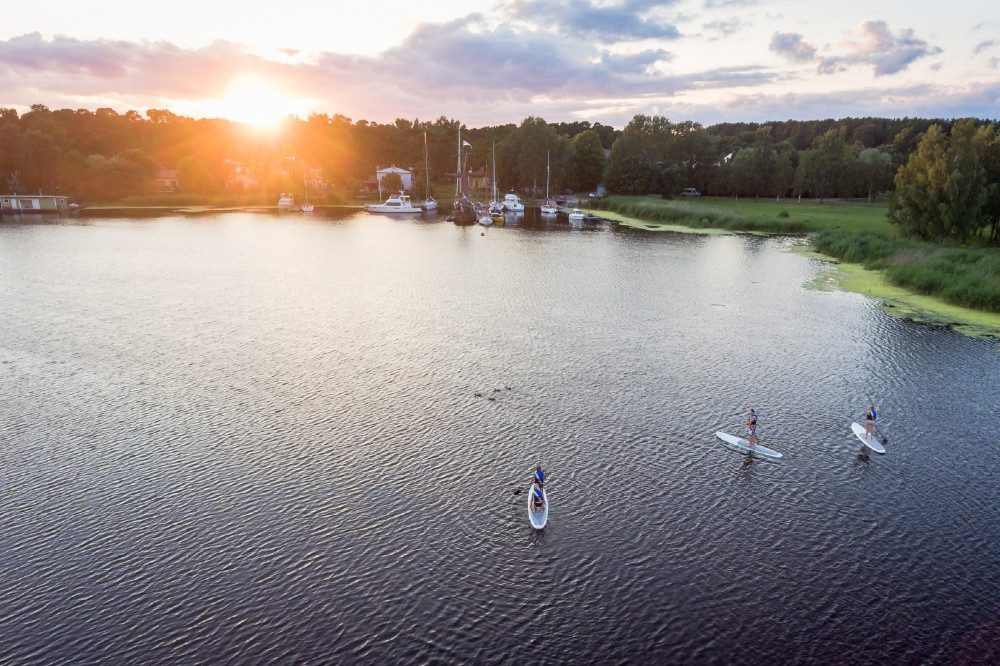
Sun, sea, wind, white sand, kilometres of beaches, pine-scented air... Jūrmala’s environment is made for a great variety of outdoor activities and sports. Some choose long, peaceful walks, jogging or Nordic walking along the beach, through the forests and over the dunes, while others prefer a game of beach volleyball or football. Lovers of the wind and more extreme sports take to water skiing and wakeboarding. In turn, there are several bathing places with facilities on the banks of the river, boat, kayak, sup board, wakeboard rentals are available, along with rides on the river on a small river craft, an old sailing ship and yachts. On the green fields of Jūrmala Golf Club & Hotel visitors can play golf, but tennis and squash can be played at the most contemporary tennis centre in the Baltic states "Lielupe". In the winter Jūrmala's beach turns into a snowy, 20-kilometer cross-country ski track; full of skiers are also the pine forest-covered dunes and sometimes even the frozen bends of the Lielupe River.
11. Resort for Every Season
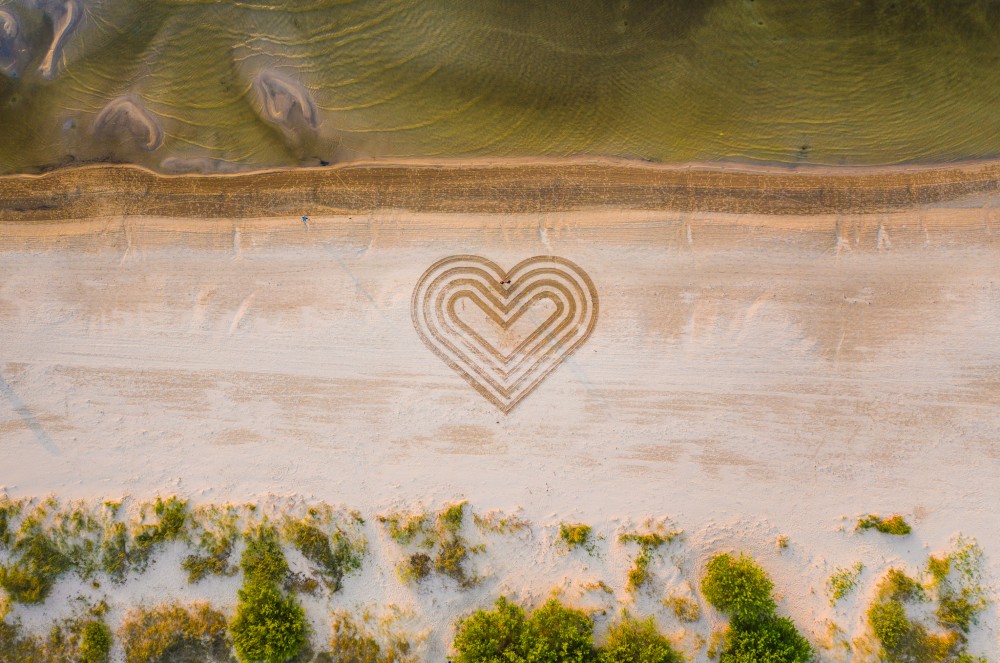
Jūrmala is a unique destination in all seasons. In summer, Jūrmala lives a classic seaside resort life. In spring and autumn, those who want to enjoy a peaceful and relaxing holiday in nature, improve their health, and recharge their batteries come to the city. The beach at this time is ideal for cyclists, Nordic walkers, and hikers. As winter sets in, the resort is filled with pre-Christmas bustle, and Dzintari Forest Park is transformed into a snow fairy-tale with thousands of lights, the town’s Christmas tree lights up on Jomas Street, and local cafés and restaurants spoil holidaymakers with delicious food and hot drinks.
Water pleasures in the cold season can be enjoyed in Līvu Akvaparks water park or one of the many SPA complexes, where you can warm up in mineral water baths after a wintry walk or reminisce about summer, splashing in a pool of warm sea water.
HISTORY OF JŪRMALA
Fishing
Small fishermen’s houses and boats have been a characteristic part of Jūrmala’s landscape since time immemorial. And up until the 1830s, when swimming establishments began to rapidly spring up in Rīgas Jūrmala, fishing was the mainstay of the local economy. Fishermen harvested fish from the sea (Baltic herring, flounder, eelpout, ide) as well as the rivers (bream, vimba bream, pike, European eel). Their prosperity depended on luck, the weather and increasing fish populations; therefore, as several fish species began to disappear from the rivers in the early 19th century, the local fishermen supplemented their incomes by developing other economic spheres, such as vegetable and dairy farming. But, as the number of summer holidaymakers in Rīgas Jūrmala increased, providing accommodation for them became a much more lucrative and regular source of income. Fishing nevertheless remained a significant part of local life throughout the 20th century. The Fishermen’s Society of Rīgas Jūrmala was established at the beginning of the 20th century. Later, during the Soviet era, it went on to become the Uzvara fishing kolkhoz, and in 1991 the fish processing business was renamed AS Jūras līcis.
Origins of the resort town
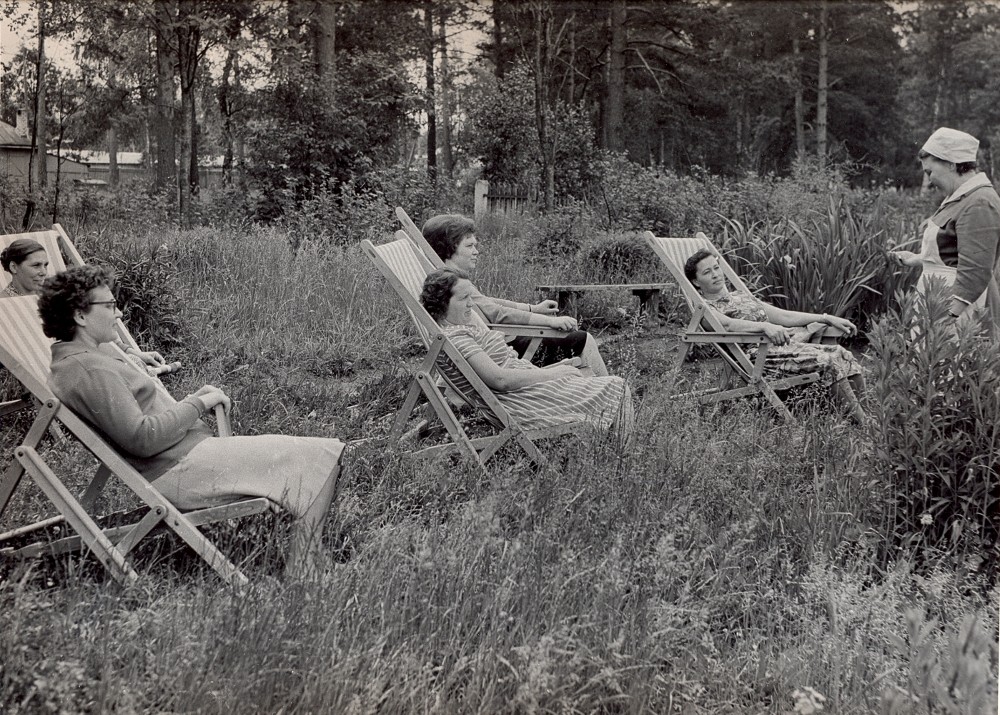
The first swimming guests arrived in Kaugurciems in the 1730s. The first seaside spas were also opening around this time in England and France. The development of the swimming industry in Kaugurciems was halted in 1812 due to the war between Russia and France, and the spa was subsequently relocated nearer to Riga, in Dubulti. At first, holidaymakers lived in rooms rented out by the local fishermen, but, as the local transportation system was developed, in particular the opening of the railway in 1877, construction of summer homes boomed and the first sanatoriums and warm sea bath establishments were created. The so-called Dīveļa (Duevel) Hotel was built in Dubulti in 1834, and it became a centre of local social life. The first spa house was built in 1847. At the time, Rīgas Jūrmala did not yet have its own local government, so holidaymakers formed swimming societies (Badegesellschaften) that maintained and improved swimming areas and also hired orchestras for concerts and parties as well as a doctor to tend to guests during the swimming season.
Development of the railway
Jūrmala’s development as a spa and resort town was in large part facilitated by the opening in 1877 of one of the oldest railway lines in Latvia, namely, the Riga-Tukums line. From then on, large numbers of people arrived in Jūrmala by train, and the area also became easily accessible for travellers from further reaches of the Russian Empire. Railway stops were established near existing swimming areas, which had in turn developed alongside the old fishing villages, and today Jūrmala has 14 railway stops, from Priedaine to Ķemeri. The railway stations feature an eclectic collection of architectural styles, ranging from the late-19th-century wooden station at Pumpuri to the concrete "wave" built in the 1970s at Dubulti.
The flourishing of Ķemeri SPA
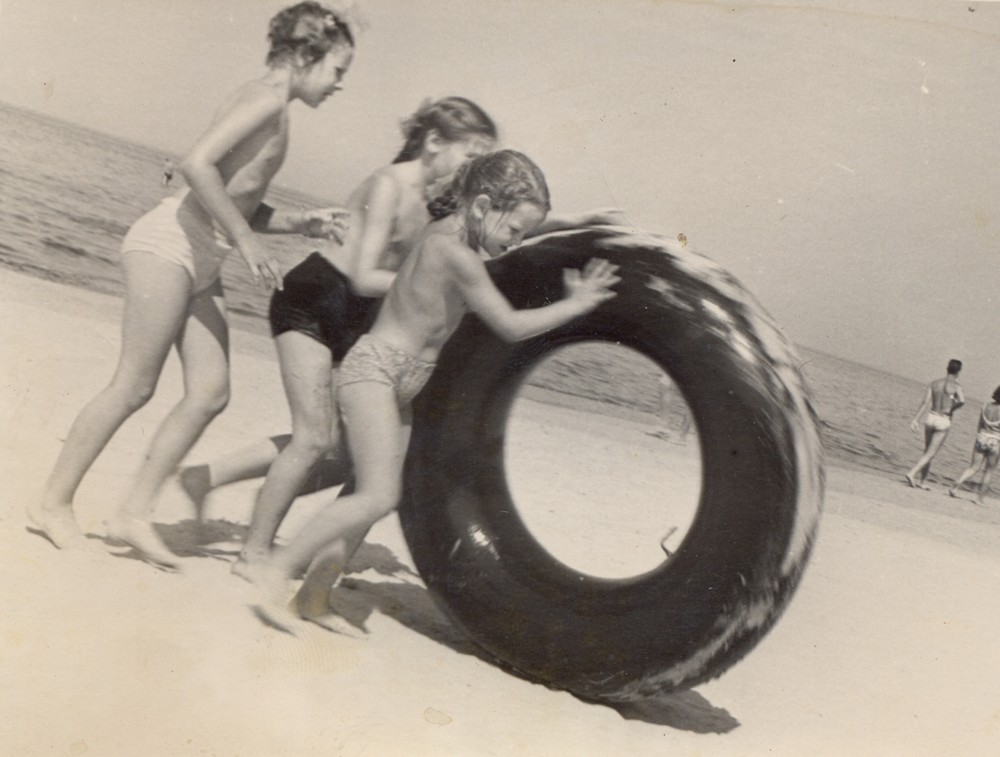
In the late 18th century medical professionals turned their attention to the sulphur springs at Ķemeri, which the local residents had already long been using for therapeutic purposes. The first chemical analysis of the waters was performed in 1818. The first patients in Ķemeri stayed at the home of the local forester. Sulphur-rich water was brought from the springs in buckets and barrels; it was then heated and poured into large oak tubs for guests to bathe in. Baltic Governor-General von der Pahlen helped secure state financing and land for the construction of a rehabilitation resort in 1838, and therefore this year is considered the official founding of the Ķemeri spa. Ķemeri flourished from the late 19th century up until the First World War – establishments offering sulphur and mud baths were opened, a park was created, and a tram line connecting Ķemeri with the beach at Jaunķemeri was built. But the front line during the First World War passed through Ķemeri, and the spa was entirely destroyed. It experienced a second flourishing between the two world wars, and the new Ķemeri spa hotel built in 1936 became especially popular. During the Soviet era following the Second World War, a number of sanatoriums hosting guests year round were built in Ķemeri. Here, patients received treatments for joint, skin and gynaecological conditions as well as ailments of the nervous system.
The cultural backdrop
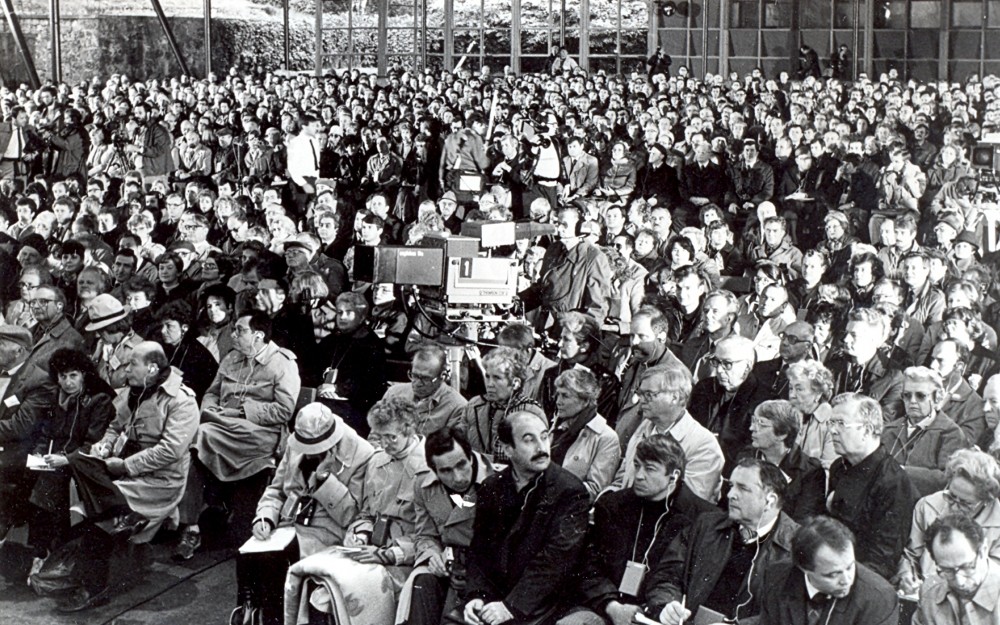
Jūrmala’s popularity as a resort and the significant increase in visitors also led to a blossoming of cultural life. Summer concerts had been taking place in Dubulti since the 1840s, and in 1870 concerts began in Majori as well, at Horn’s Concert Garden. It was here, in 1879, where the first concert of symphonic music in Jūrmala took place (Beethoven’s Symphony No. 5 in C minor). Concerts began at the Edinburgh Spa House (nowadays known as the Dzintari Concert Hall) in 1897.
Famous people
Over the years, many well-known people from Latvia’s cultural circles – architects, artists, musicians – have chosen Jūrmala as both home and a source of inspiration. Jūrmala is inseparably linked with the grand Latvian literary duo of Rainis and Aspazija. Maija Tabaka, one of the most prominent Latvian painters, still paints at her home in Lielupe. World-renowned pianist Vestards Šimkus, violinists Elīna Bukša, Paula Šūmane and Vineta Sareika and other Jūrmala natives regularly perform at the Dzintari Concert Hall.